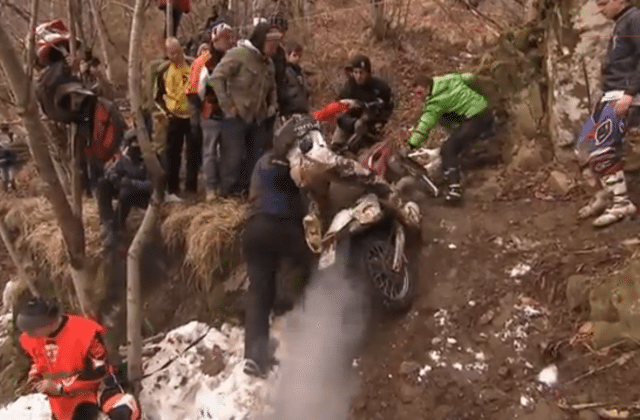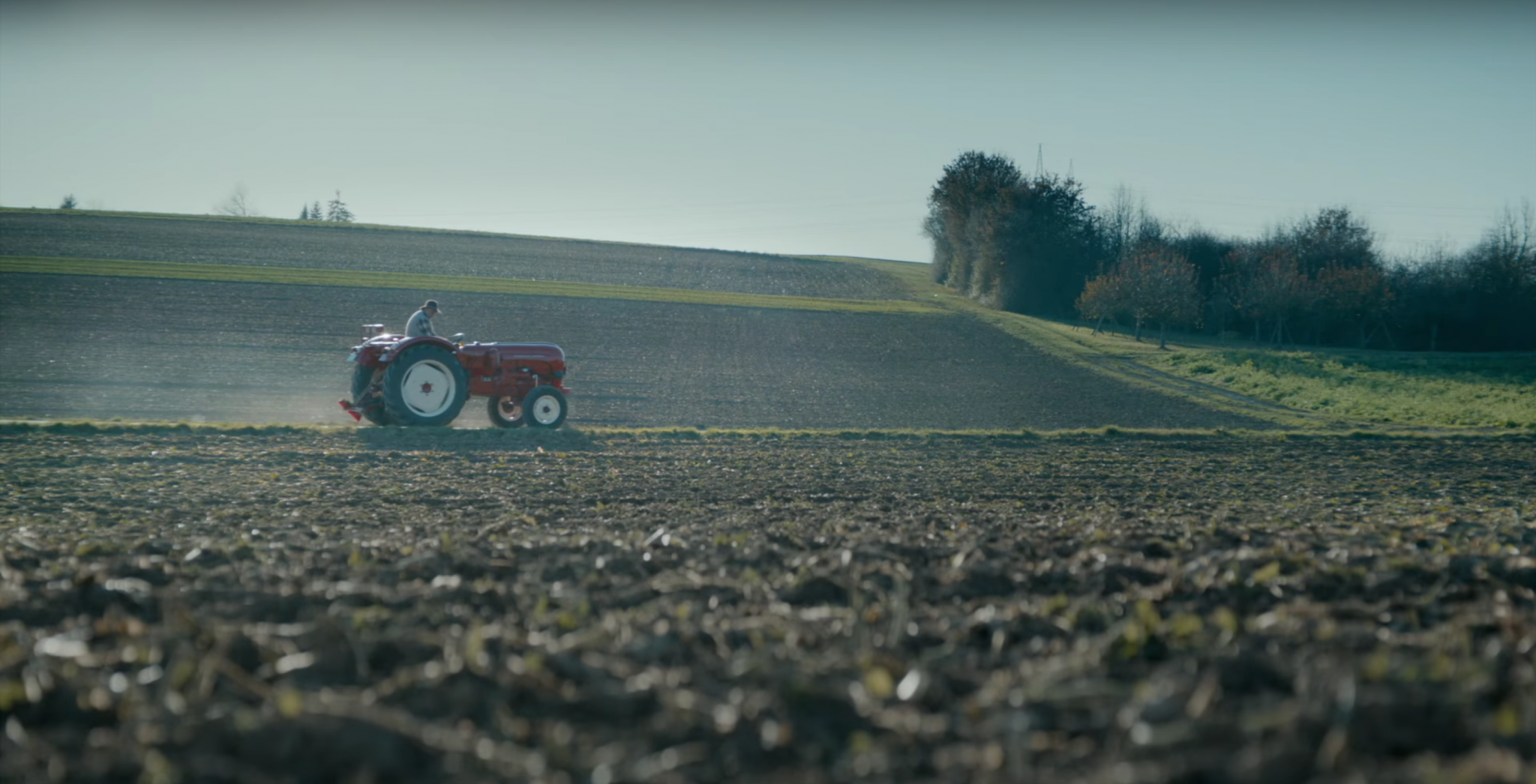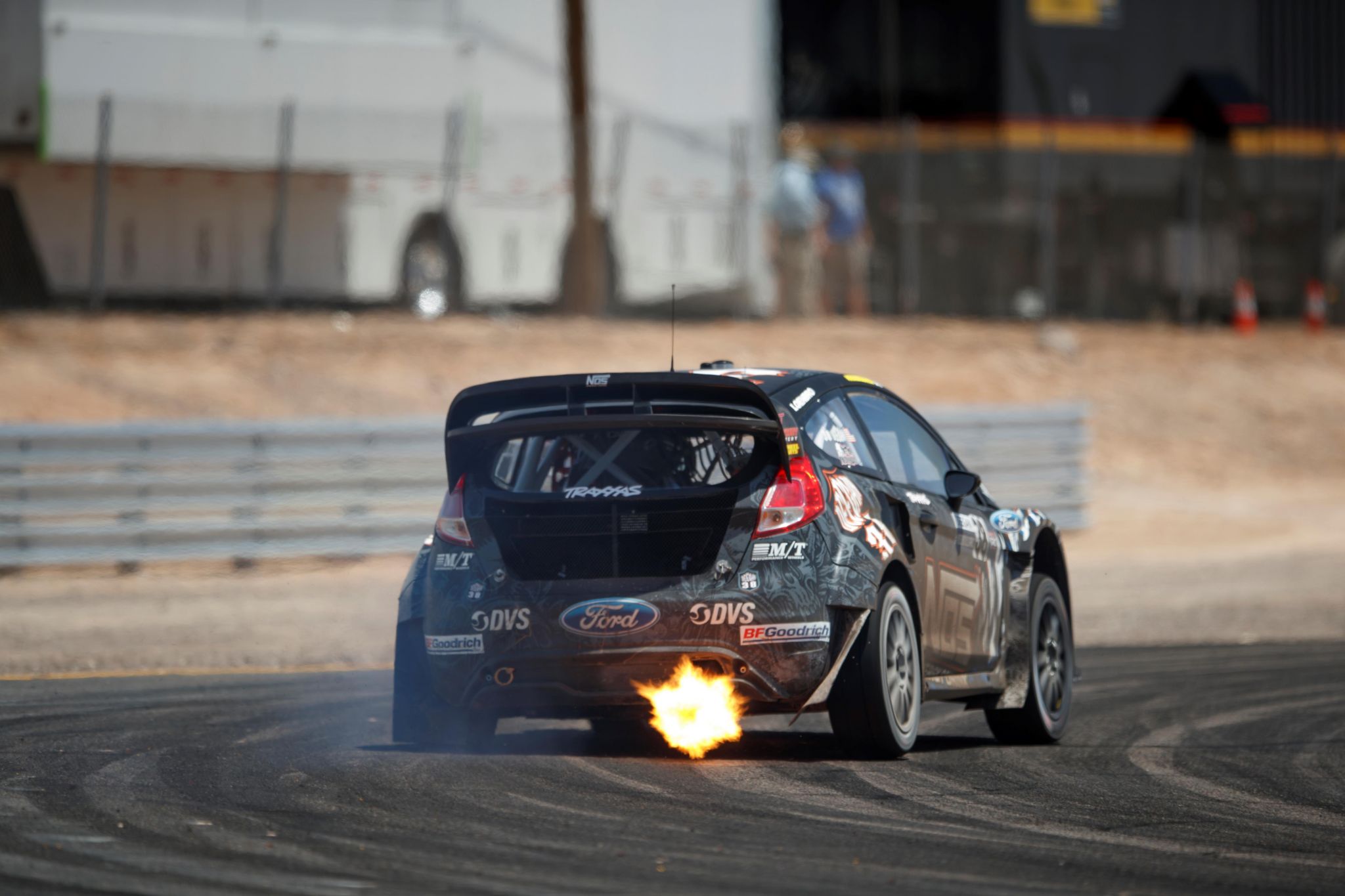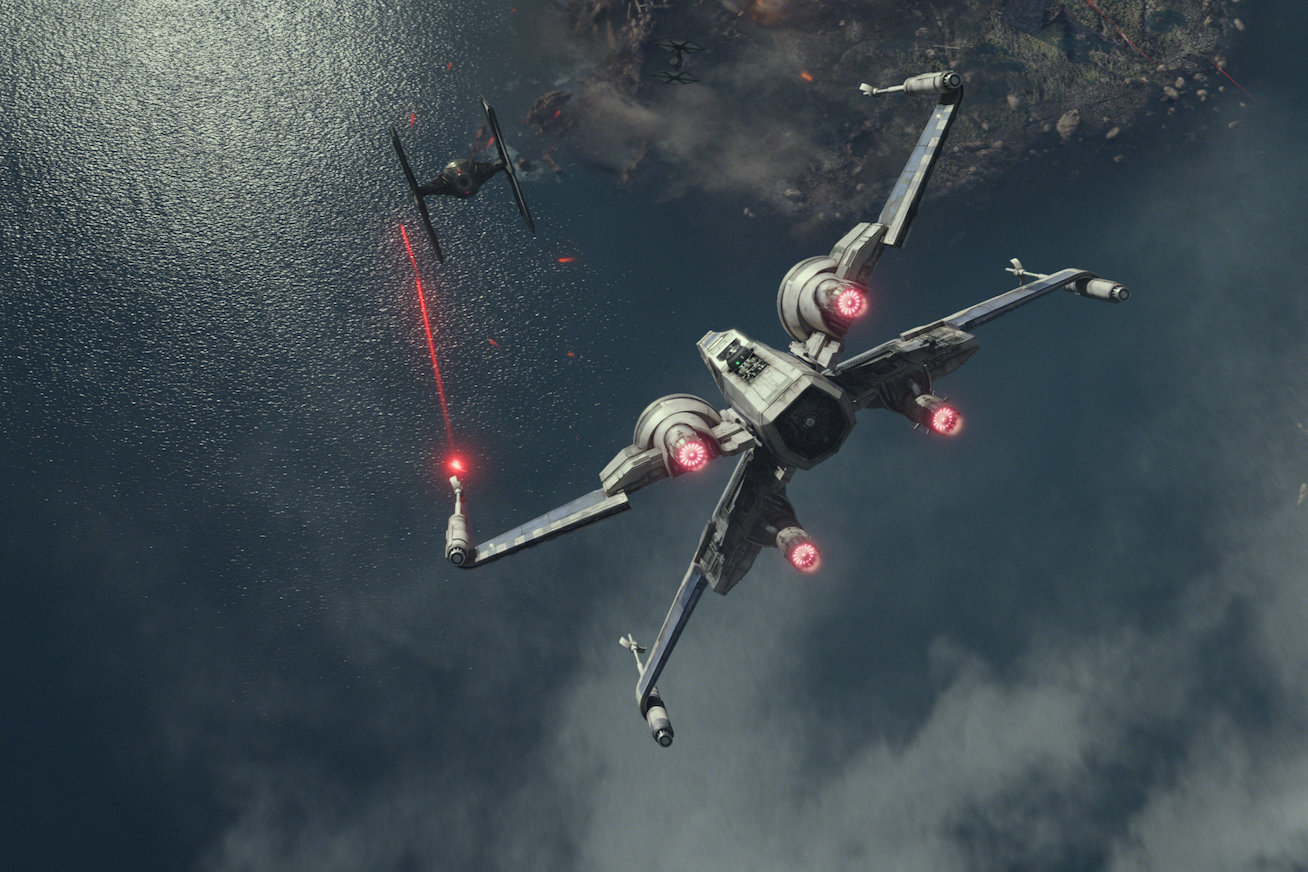Hell’s Gate, Italy’s most extreme enduro event, returns to the picturesque town of Il Ciocco as part of the 2013 Hard Enduro series. Hell’s Gate – February 16th, 2013.
Hell’s Gate has been since its first “appearance” an event that is the symbol of modern extreme. Before this époque there was only the Gilles Lalay Classic, which was possible just for a specific location and special conditions; in fact, the GLC doesn’t exist anymore. Then, in 2004, Hell’s Gate makes its first appearance in the “classical” Enduro with the power of its modern formula, lithe and ruthless, and becomes a legend.
Hell’s Gate is a “classic”, an unmissable meeting with an event that soon became a “myth” that at the same time renovated the “myth” of regularity of the real enduro.
Fabio Fasola gave shape to a great race during the night from September 22nd and 23rd 2003, focusing on it in perfect coincidence with the Autumn Equinoxes. Three months later, Hell’s Gate was born and since then it has never changed. A good idea, well built up.
From 2004 Hell’s Gate takes place every year in February, always in the International Centre of Il Ciocco, on the Tuscany Appennino. A natural paradise where you could build up all kind of tracks, included the scary one of Hell’s Gate.
Once got over the beginning scepticism, that forced the organisation to great sacrifices, Hell’s Gate gained the entire world linked to the race. The passionate, the medias, the riders that will go to any lengths to take part. The biggest factories of Enduro bikes, like KTM that has now hired the best riders in order to participate to all Extreme Enduro races that were born on the wave of Hell’s Gate.
Hell’s Gate is a race in two phases. In the morning the eliminatory race; the first 30 riders classified will enter the real race, the final of Hell’s Gate. Starting at grid like in the GP and then the Hell itself: 4 laps, a special test no-stop with only the checkpoints. The riders that pass with a delay of more then 30 minutes from the rider at the top will be eliminated from the race. The riders are allowed to get the help of the public, necessary in order to climb up the final climb, the inviolable Hell’s Peak.
The track of Hell’s Gate is really hard and “not negotiable”. A ring full of challenges: waterfalls, torrents in flood, stony ways.
A track that is mostly technical and “physic”. The stations are the checkpoints of Hell’s Gate placed in the most spectacular passages and the most accessible to the public.
Now to its ninth edition, Hell’s Gate is a race that is considered classical, one of the ones that is like it has always been there, that is part to the history of races.
Nine editions are usually not enough in order for the story to be interesting, but this is not the case.




